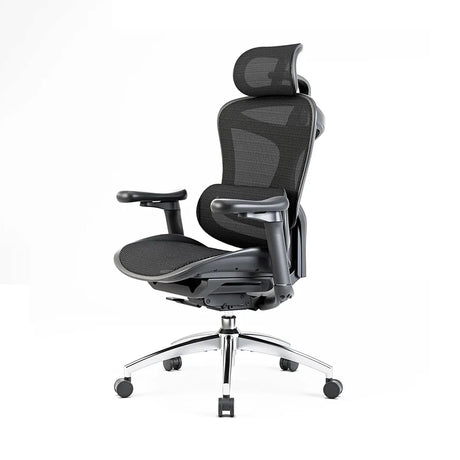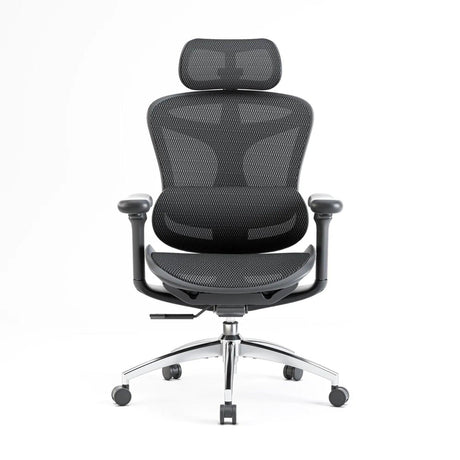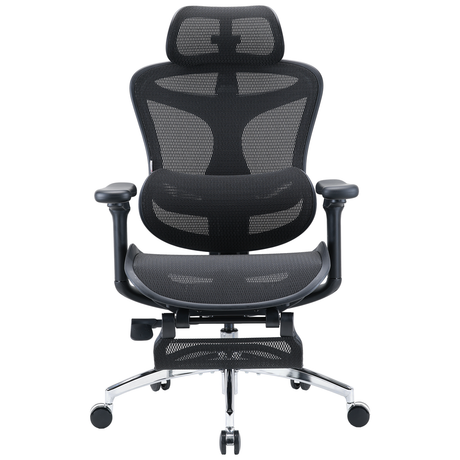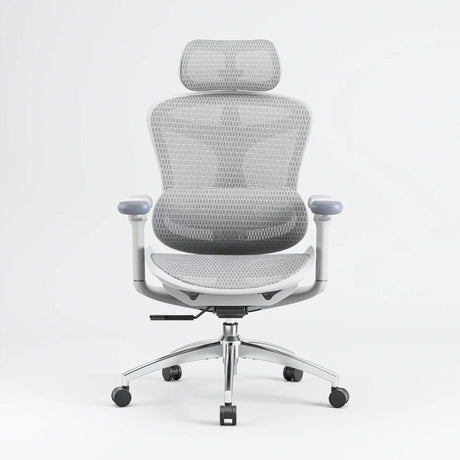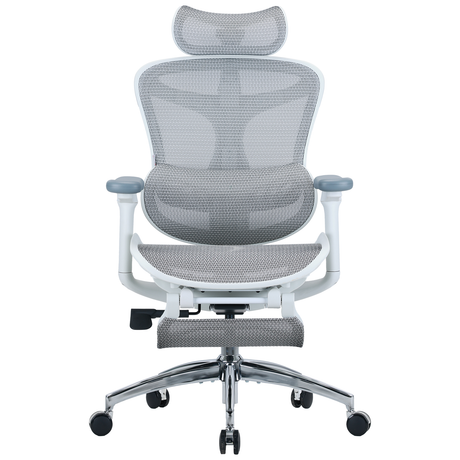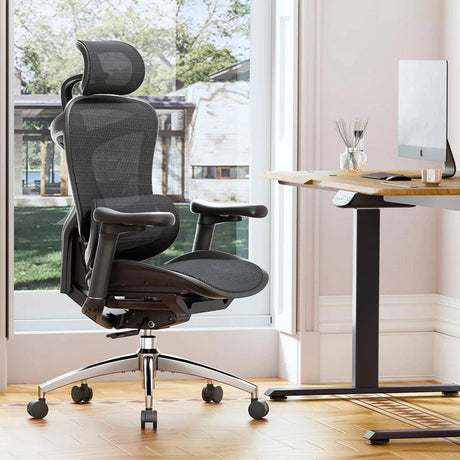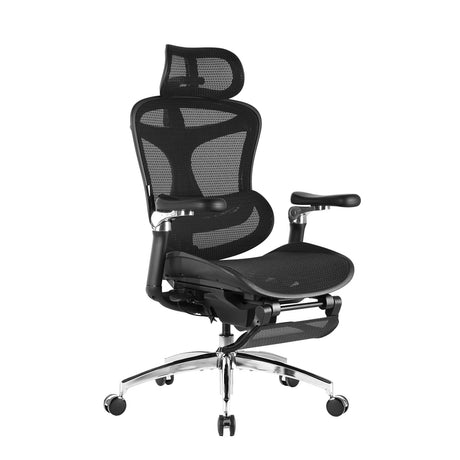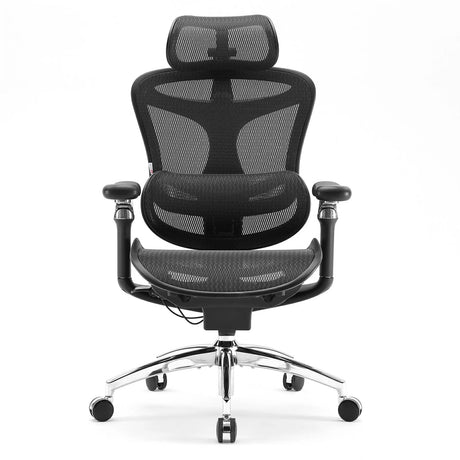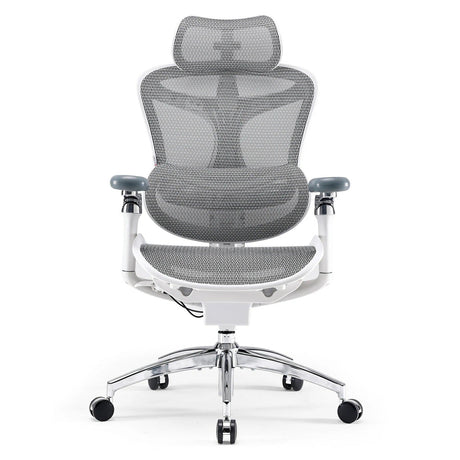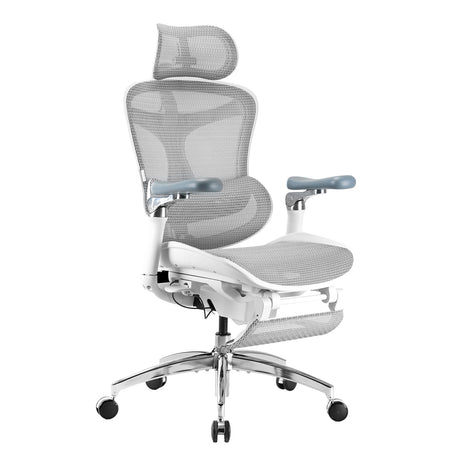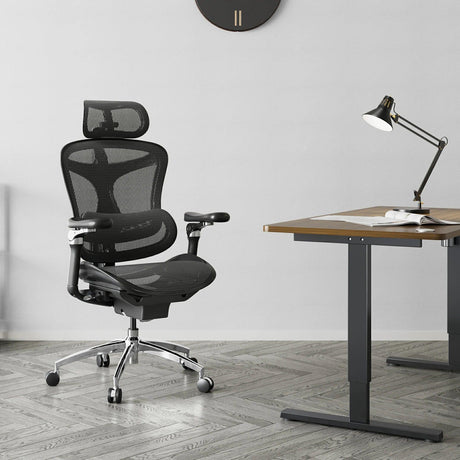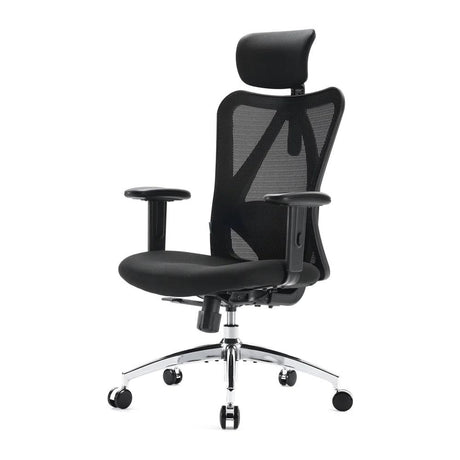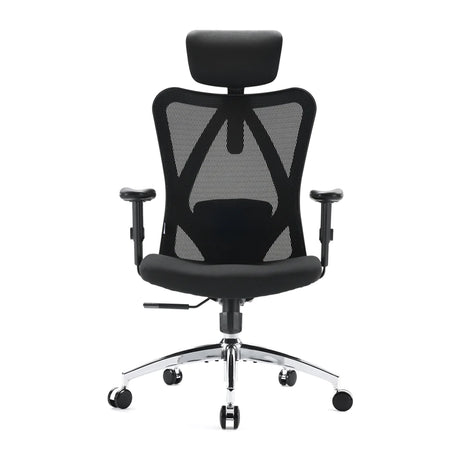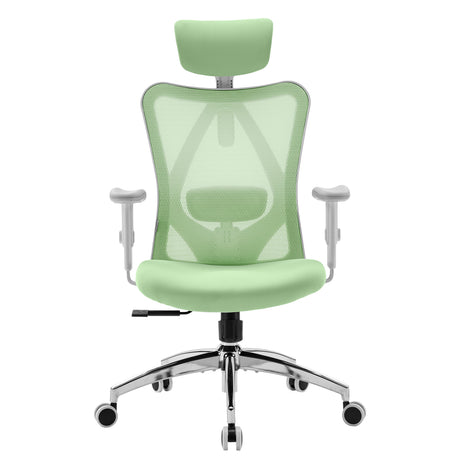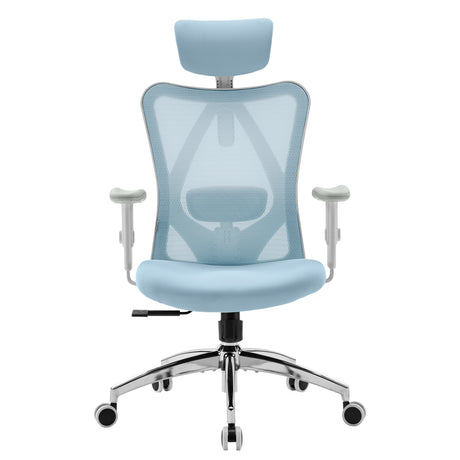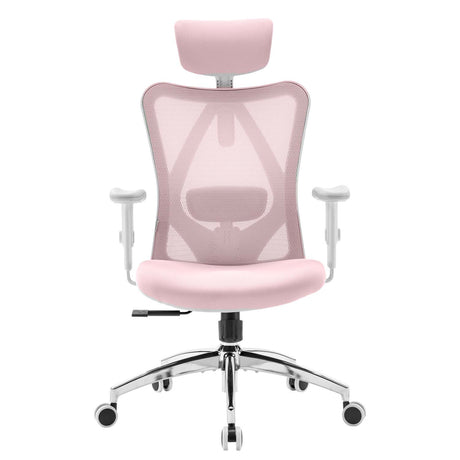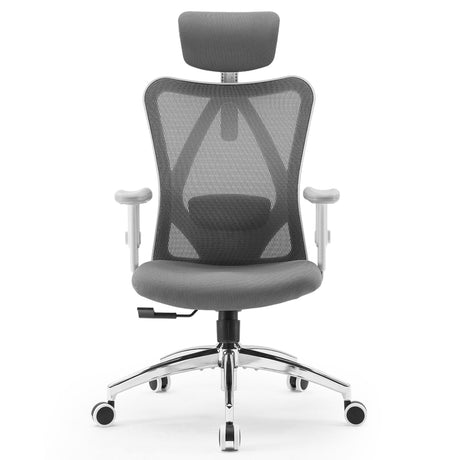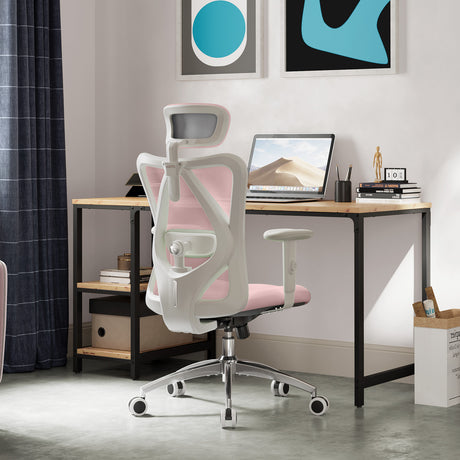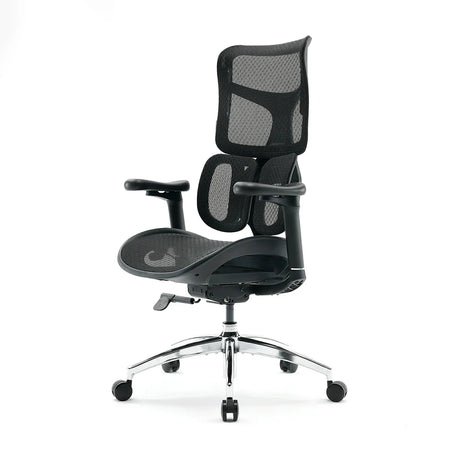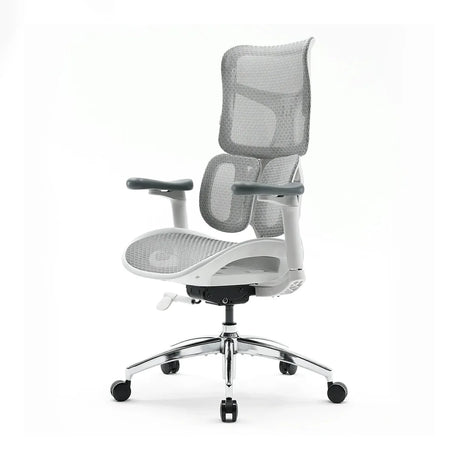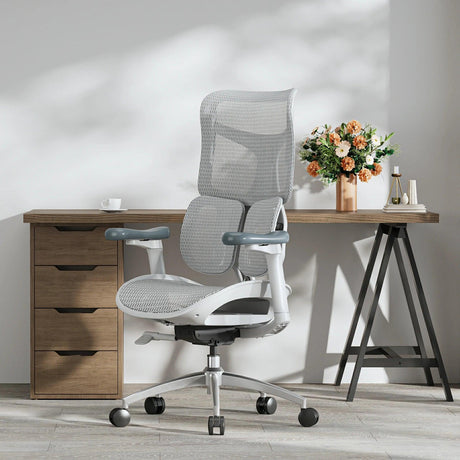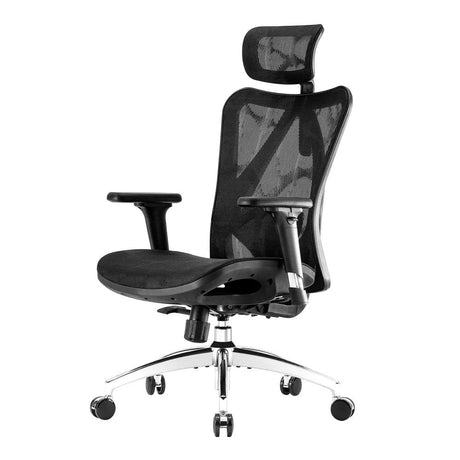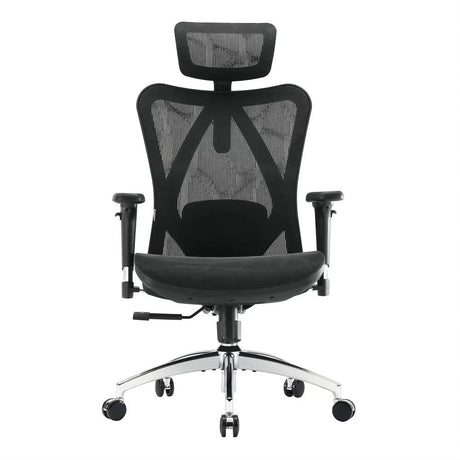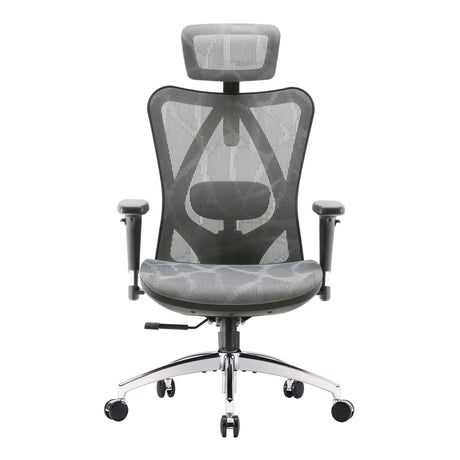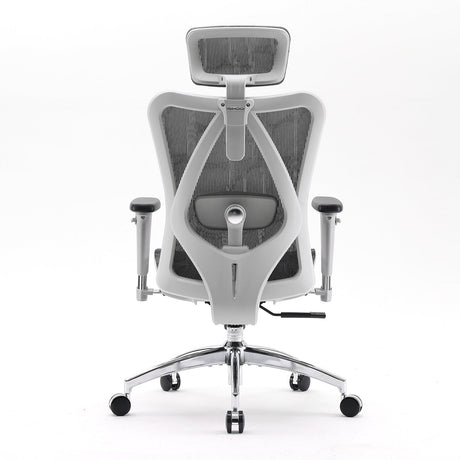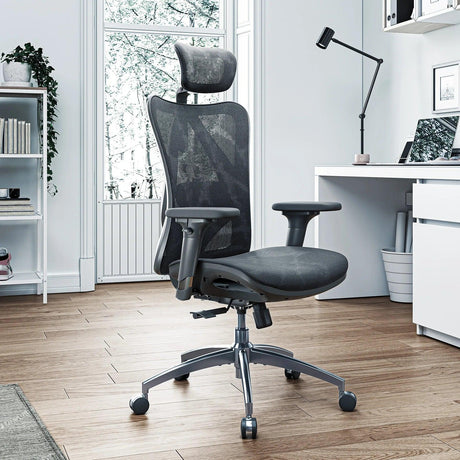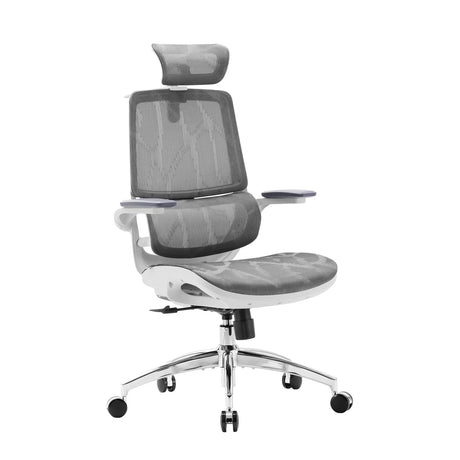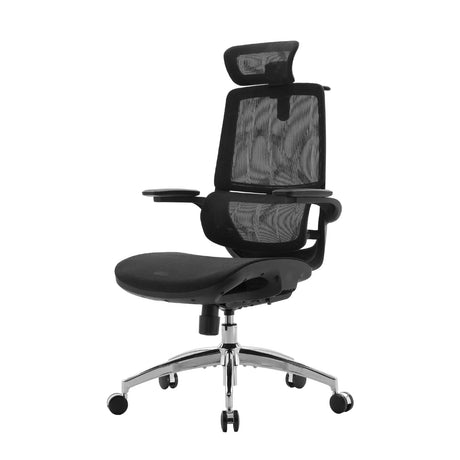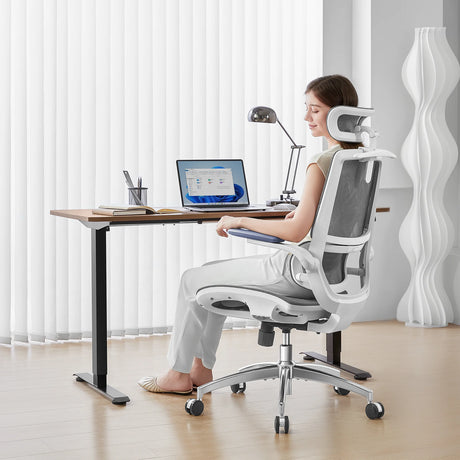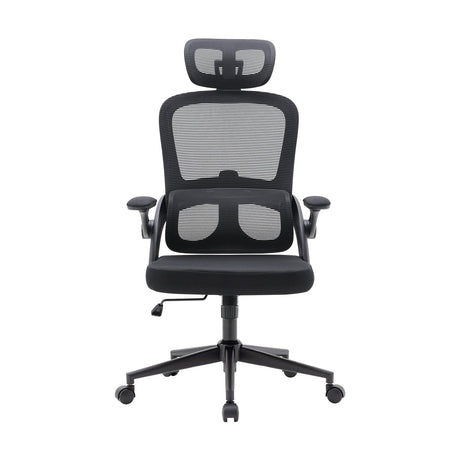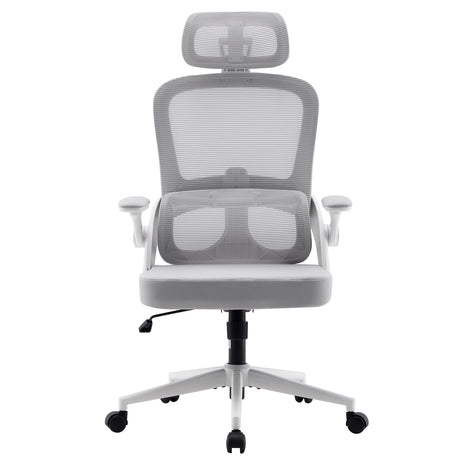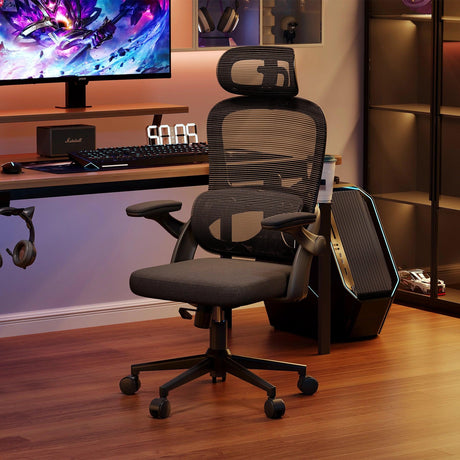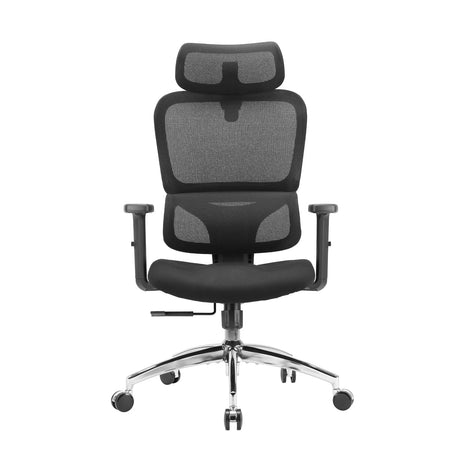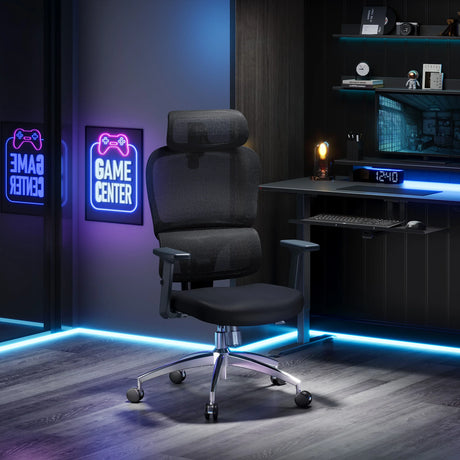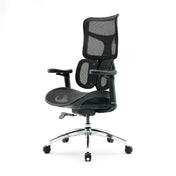When it comes to gaming, comfort and posture are just as crucial as performance and strategy. Whether you're an esports athlete, a casual gamer, or a streamer spending hours in front of the screen, investing in a well-designed gaming chair can enhance your experience and prevent long-term health issues. But what makes a gaming chair truly ergonomic? How do you find the perfect fit for your body? Let's dive into the key factors that make a gaming chair ergonomic and how to choose the best one for you.
Importance of Ergonomics in Gaming Chairs
Ergonomics is all about designing products that support natural body posture and reduce strain on muscles and joints. A well-designed gaming chair promotes proper spinal alignment, reduces pressure points, and allows for extended gaming sessions without discomfort or fatigue. Poor seating posture can lead to back pain, neck strain, and even long-term spinal issues, making an ergonomic chair a necessary investment for serious gamers.
Key Features of an Ergonomic Gaming Chair
Adjustable Lumbar Support
One of the most critical features in a gaming chair is lumbar support. A good chair should have an adjustable lumbar cushion or built-in lumbar support to maintain the natural curve of your spine, preventing lower back pain.
Seat Height Adjustment
The ideal chair should allow you to adjust the seat height so your feet rest flat on the floor, with knees bent at a 90-degree angle. This promotes healthy circulation and reduces pressure on your lower back.
Reclining and Tilt Mechanism
A reclining backrest helps alleviate pressure from your spine. Look for a chair with a tilt range of 90 to 135 degrees, allowing you to switch between upright gaming mode and a more relaxed posture.
Armrest Adjustability
Armrests should be height-adjustable and, ideally, offer 3D or 4D movement (up/down, forward/backward, side-to-side, and angled). Proper arm support reduces strain on your shoulders and wrists, preventing conditions like carpal tunnel syndrome.
Seat Depth and Cushioning
A well-padded seat with a waterfall edge prevents thigh pressure and promotes circulation. The seat should also have adequate depth so that there’s a small gap between the back of your knees and the chair.
Headrest Support
A headrest or neck pillow supports the cervical spine and reduces tension in the neck and shoulders, particularly beneficial for long gaming sessions.
Choosing the Right Gaming Chair for Your Body Type
Consider Your Height and Weight
Not all gaming chairs are built the same. Look for weight capacity and height recommendations to ensure a good fit. Some chairs cater to taller individuals with higher backrests, while others provide a snug fit for smaller gamers.
Material Matters
Leather, mesh, or fabric? While PU leather is common for gaming chairs, mesh chairs provide better breathability, and fabric options offer a softer feel. Choose one that suits your comfort preference and climate.
Check for Customizability
The more adjustable a chair is, the better it will fit your body. Look for models with multiple adjustment points to tailor the chair to your needs.
Top Tips for Maintaining Good Posture While Gaming
- Keep your feet flat on the floor or use a footrest if necessary.
- Adjust your monitor height so your eyes are level with the top of the screen.
- Sit back in the chair and let the lumbar support do its job.
- Take breaks every 30-60 minutes to stretch and move around.
- Engage in exercises that strengthen your back and core muscles for better posture.
Conclusion
Finding the perfect gaming chair is not just about aesthetics—it’s about ensuring long-term comfort and health. By focusing on ergonomic features and selecting a chair that fits your body type, you can enhance your gaming experience while preventing strain and discomfort. Whether you’re battling opponents or exploring vast open worlds, the right gaming chair will keep you comfortable, supported, and ready for the next challenge.

